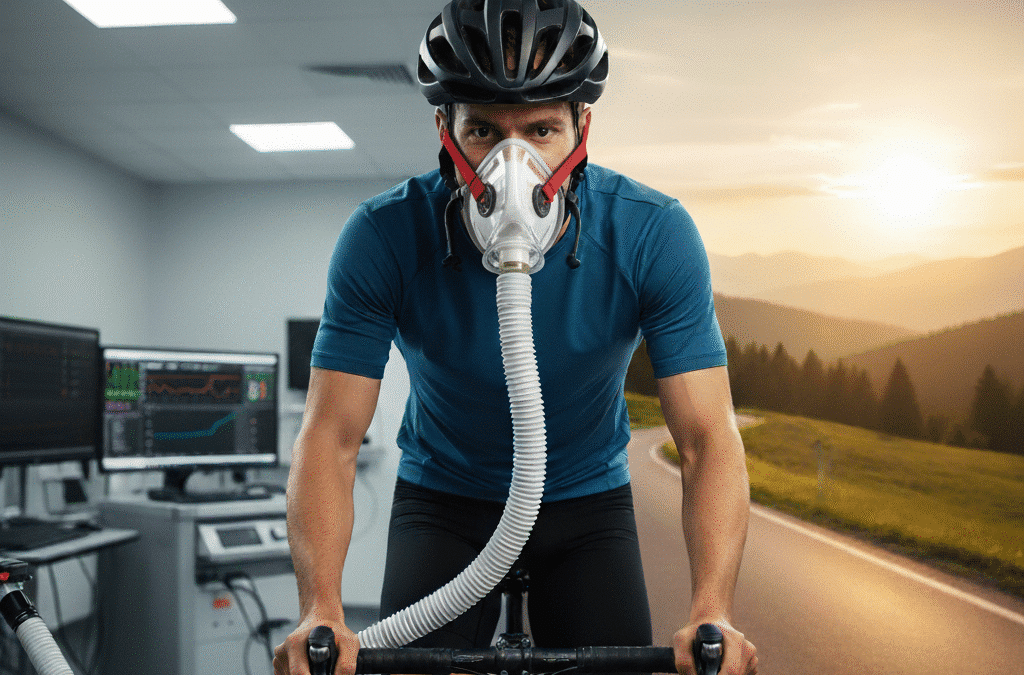The Four Shared Pillars (and How to Train Them)
Your Sample 7‑Day “Longevity Hyrox” Micro‑Cycle

Athletica shortcut: Enter your available training windows inside Daily Availability. Our engine will auto‑adapt volume and intensity to your fitness level, exercise mode preference and recovery status.
How to Build Your Individualized Plan Inside Athletica
- Register and open Settings → Training → About You → Hyrox.
- Declare your endurance modalities in Daily Availability (run, cycle, row, swim).
- Choose strength days you prefer (e.g., Tue & Thu).
- Add race date (or “train-to-maintain” for pure longevity).
- Watch your calendar auto‑populate.
FAQs
Won’t heavy lifting bulk me up and slow my run?
No. Not when kept to 2–3 compound sessions under 45 min alongside your endurance training. Strength is the scaffolding that lets you handle higher aerobic loads later.
Can I do this with zero gym equipment?
Yes. Swap sled pushes for heavy farmer carries or backpack lunges with any home-based items; wall balls can be done with a sandbag or other. Get creative!
What if I don’t care about racing—just living longer?
Simply choose ‘Train-to-maintain’ in your setting ‘goals’. This keeps you accountable to your training. Keep the simulation day but detach it from competitive pacing; think of it as a functional fitness check‑up.
How long should I train for a Hyrox race?
Most athletes need 8–12 weeks of structured prep if they already run and lift regularly. Beginners—or anyone chasing an elite finish time—should allow 16–20 weeks to build a robust aerobic base and master the stations. The good thing about the Athletica plans is that time to race is irrelevant – your plan is built out for you for any number of days to run.
Is Hyrox easier than CrossFit?
Skill‑wise, yes: Hyrox uses straightforward movements (sleds, rowing, lunges) and no Olympic lifts or gymnastics. Endurance‑wise it can feel tougher because over half the race is hard running. Think “easier to learn, hard to finish fast.”
How often should I do Zone‑2 training each week?
Aim for 2–4 Zone‑2 sessions of 45–90 minutes. That hits the mitochondrial stimulus without crowding out your high‑intensity or strength work. Time‑crunched athletes can start with two 30‑minute blocks and progress. Choose your time available using the Daily Availability feature in Athletica.
Is Zone‑2 cardio good for fat loss?
Yes. Training at this intensity preferentially increases your fat burning and recovery ability.
How heavy is the Hyrox sled, and how can I replicate it?
In the Open division the sled push is 152 kg / 335 lb for men and 102 kg / 225 lb for women (weight includes the sled). If your gym sled glides too easily, add 10–20 % extra plates or push on rubber flooring to match race friction.
Can I train for Hyrox and a marathon simultaneously?
Yes—treat Hyrox strength + station work as your mid‑week “quality” sessions and keep one long run at conversational pace. Many hybrid athletes follow a 4‑run + 2‑lift weekly pattern and see PRs in both events.
Next Steps
- Ready to try? Start your 14‑day free trial of Athletica. Check out this resource if you’re a beginner to all this.
- Want the printable PDF? Follow the link to receive the micro‑cycle PDF page. Head over here for your Hyrox performance calculator.
- Subscribe: Catch new deep dives every Tuesday on The Athlete Compass Podcast.
Scientific References
- Celis‑Morales CA, Welsh P, Lyall DM, et al. Associations of grip strength with cardiovascular, respiratory, and cancer outcomes and all‑cause mortality: prospective cohort study of half a million UK Biobank participants. BMJ. 2018;361:k1651.
- Hood DA, Memme JM, Oliveira AN, Triolo M. Maintenance of skeletal muscle mitochondria in health, exercise, and aging. Annu Rev Physiol. 2019;81:19‑41.
- Kodama S, Saito K, Tanaka S, et al. Cardiorespiratory fitness as a quantitative predictor of all‑cause mortality and cardiovascular events in healthy men and women: a meta‑analysis. JAMA. 2009;301(19):2024‑2035.
- Laursen PB, Buchheit M. Science and Application of High‑Intensity Interval Training: Solutions to the Programming Puzzle. Champaign, IL: Human Kinetics; 2019.
- Seals DR, Justice JN, Larocca TJ. Physiological geroscience: targeting function to increase healthspan and achieve optimal longevity. J Physiol. 2016;594(8):2001‑2024.
- Srikanthan P, Karlamangla AS. Muscle mass index as a predictor of longevity in older adults. Am J Med. 2014;127(6):547‑553.
- Weston KS, Wisloff U, Coombes JS. High‑intensity interval training in patients with lifestyle‑induced cardiometabolic disease: a systematic review and meta‑analysis. Br J Sports Med. 2014;48(16):1227‑1234.
Legal & Trademark Notice
HYROX® is a registered trademark of Upsolut Sports GmbH. Athletica Inc. is not endorsed by or affiliated with HYROX. Race names are used solely for descriptive and comparative purposes.






